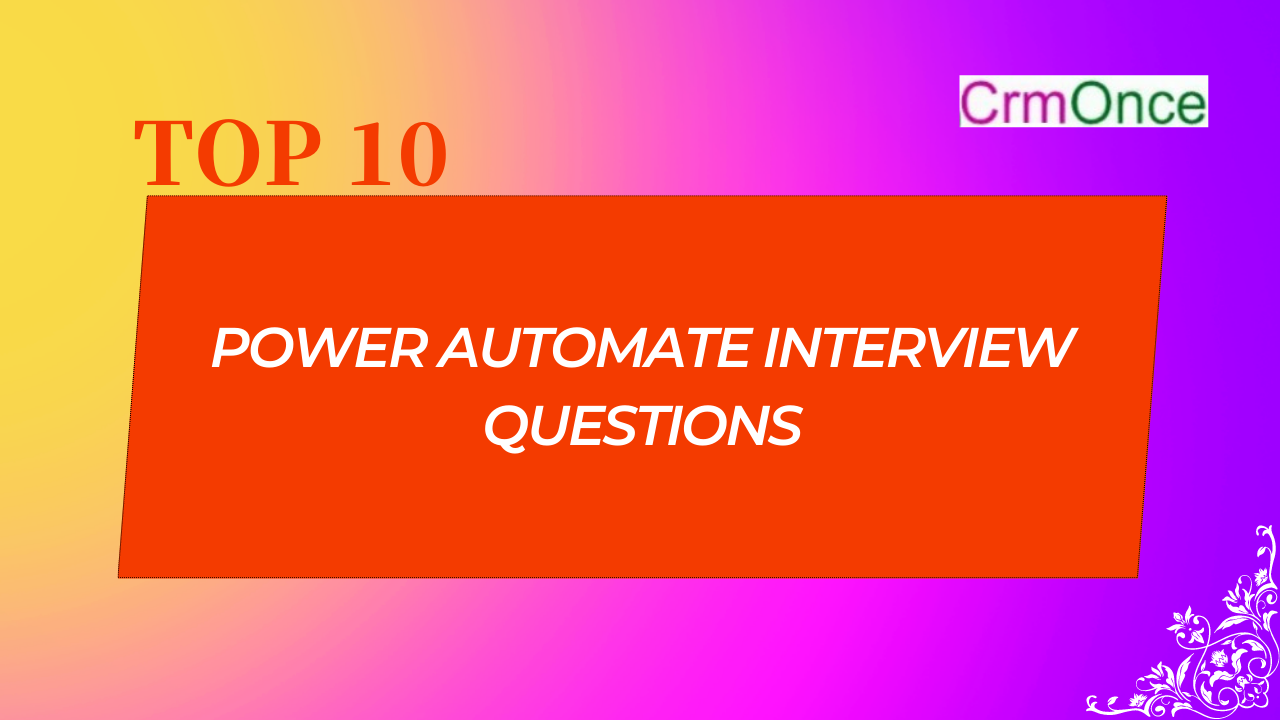In this blog, we will show top 10 power automate questions and answers
A flow is a series of actions that occur in response to an event. For instance, you could design a flow that sends an email alert each time a new file is added to a SharePoint document library.
The trigger, actions, and condition are the three main components of a flow. The trigger initiates the flow, the actions are the steps taken by the flow, and the condition determines whether or not the flow will run.
The “When an item is created” trigger will fire whenever an item is created, whether it is a new item or not. The “When a new item is created” trigger will only be triggered when a new item is created – that is, when an item that did not previously exist is created.
There are many different types of connectors available with Power Automate. Some of the most popular include connectors for social media, email, and databases. There are also connectors for more specific applications like Salesforce and SharePoint.
The CDS connector requires an Azure Active Directory (AAD) account with the proper permissions.
If an action fails while running a flow, the flow will stop and an error will be logged. The error will include information about what action failed and why.
JSON objects are generally smaller in size than XML objects, and they can be parsed more quickly by Power Automate. Additionally, Power Automate has native support for JSON, which means that you don’t need to install any additional plugins or modules in order to work with JSON objects.
Test suites in Power Automate can help you to quickly and easily verify that your flows are working as expected. By creating a test suite, you can specify a set of input values and expected output values for your flow.
Environment variables are important when testing flows because they allow you to test your flow with different data sets. This is especially important when you are working with data that is sensitive or confidential, as you can use environment variables to ensure that the data is not exposed during testing.
The different ways we can authenticate ourselves when calling APIs via Power Automate are by using Basic Authentication, OAuth, or by providing an API key.

